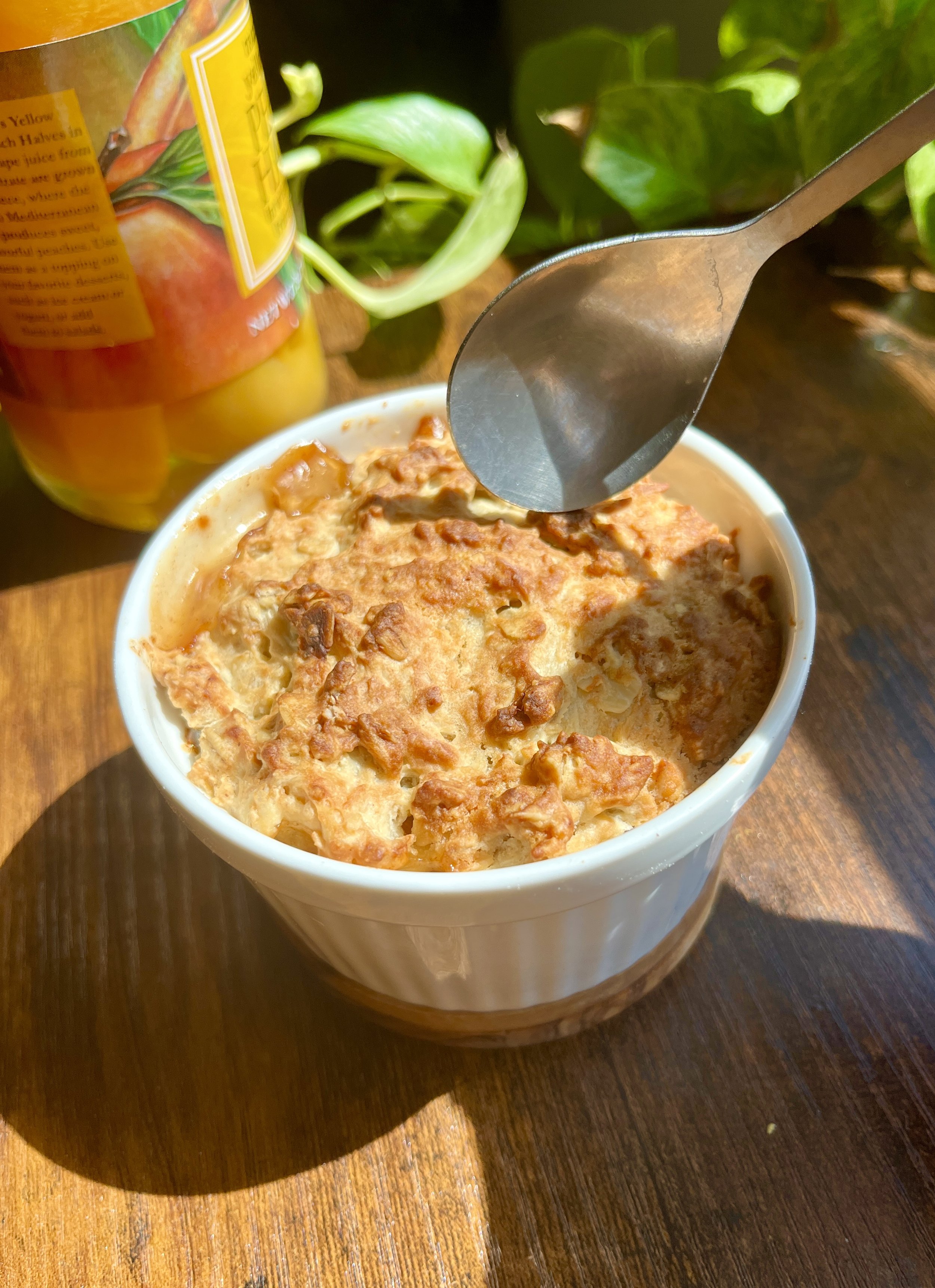Chris White’s Summer Ribs
Chris White’s Summer Ribs
COURTESY OF CHRIS WHITE
PHOTO COURTESY CRAVE! NWRibs:
1 rack spare ribs or baby back ribs
¼ cup of your favorite rib rub, my favorite recipe included
1 tsp coarse kosher salt
6 tablespoons of your favorite bbq sauce
Rinse the ribs in cool water.
If the butcher has not removed the membrane from the underside, do it yourself. To remove it, insert a butter knife under the membrane, then your fingers, work a section loose, grip it with a paper towel, and peel it off. If you can't get the skin off, with a sharp knife, cut slashes through it every inch so some of the fat will render out during the cooking.
Trim the excess fat from both sides of the rack of ribs.
Next, add the salt. Use about 1/4 teaspoon per pound. You can simply eyeball it by sprinkling on the same amount of salt you would sprinkle on the ribs if they were served to you unsalted. If you can, give the salt 1 to 2 hours to be absorbed.
Before adding a BBQ rub, be aware of double salting. Rubs and spice blends are a great way to add flavor to meat, but almost all commercial rubs contain salt — so be careful not to pre-salt the ribs if you plan on using one of these rubs otherwise.
Before applying the rub, coat the meat with a thin layer of water. The water helps dissolve the spices. Once wet, sprinkle enough rub to coat all surfaces but not so much that the meat doesn't show through. In measurements, that is about 2 tablespoons per side depending on the size of the slab. Spread the rub on the meat and rub it in.
Pre-heat your barbecue smoker or set up your grill for 2-zone (indirect) cooking. Adjust the dampers on your cooker to bring the temperature to about 225°F and try to keep it there throughout the cook. Cooking at 225°F will allow the meat to roast low and slow. If you can't hit 225°F, get as close as you can. Don't go under 200°F and try not to go over 250°F.
Once you have reached the desired temperature, add about 4 ounces of dry wood, placing it as close to the flame as possible.
Put the slabs in the cooker in indirect heat, meaty side up, and close the lid.
When the smoke dwindles after 20 to 30 minutes, add another 4 ounces of wood. After that, don’t add any more wood — the two additions of wood will give plenty of smoke.
For cooking time, allow 5 to 7 hours for Spare Ribs and 3 to 5 hours for Baby Back Ribs. Thicker, meatier slabs take longer.
When it is time to find out whether or not the ribs are ready, use the bend test. To conduct the bend test, pick up the slab with tongs and bounce it gently. If the surface cracks, it is ready. Meat should be tender and easy to tug off of the bone — if it just falls off of the bone, it is overcooked.
Once the ribs are done cooking, it's time to add the sauce, unless you intend to serve them "dry". The key to saucing ribs is to go easy on it so that the meat can shine through. Simply paint both sides of the rack with your favorite homemade barbecue sauce or store-bought barbecue sauce and cook for another 15 minutes or so. Don't put the sauce on earlier than that. It has sugar and there is a risk it can burn.
Once sauced, slice the rack between the bones and serve!
Rub:
Yield - About 5 cups
1 ½ cups firmly packed dark brown sugar
1 ½ cups white sugar
1 cup paprika
½ cup garlic powder
¼ cup ground black pepper
¼ cup ground ginger powder
¼ cup onion powder
4 teaspoons rosemary powder
Mix the ingredients thoroughly in a bowl. Store in an airtight container.











